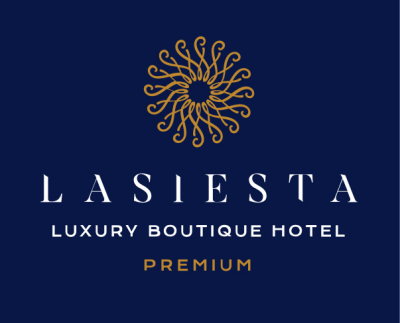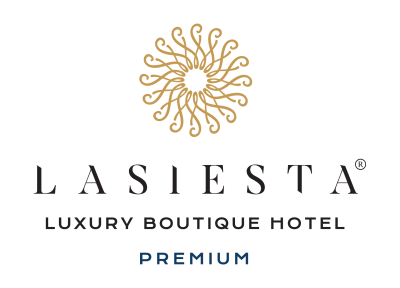Hanoi’s Old Quarter – An ancient space in the bustling capital
Packed with charming colonial architecture, Buddhist temples and pagodas, the Old Quarter, located near Hoan Kiem Lake in Hoan Kiem District, is Hanoi’s major commercial district. Its heart and soul is exposed in the ancient commercial streets which are named after their original businesses dating back about 1,000 years. Though most of the specialties (cotton, jewelry, herbs, and silk) have changed over time and have been replaced with a variety of modern-day commodities and services, visitors can still appreciate some of the original goods as well as get a feel of rich old Vietnamese customs.
The preserved shop-houses that lie along these roads were built a little over a century ago and were constructed in their long and narrow style to avoid being hit by high taxes. Each has a street-facing façade and multiple courtyards inside. The front part of the buildings is where trading takes place while the family occupies the rest. Though one shop-house was meant to be for one family (with many generations in it), nowadays it is more common to see quite a few families jammed under one roof. Expect to find plenty of hip café, bars, a variety of restaurants, bakeries, boutique shops and art galleries in this historical area.
Old Quarter Attractions
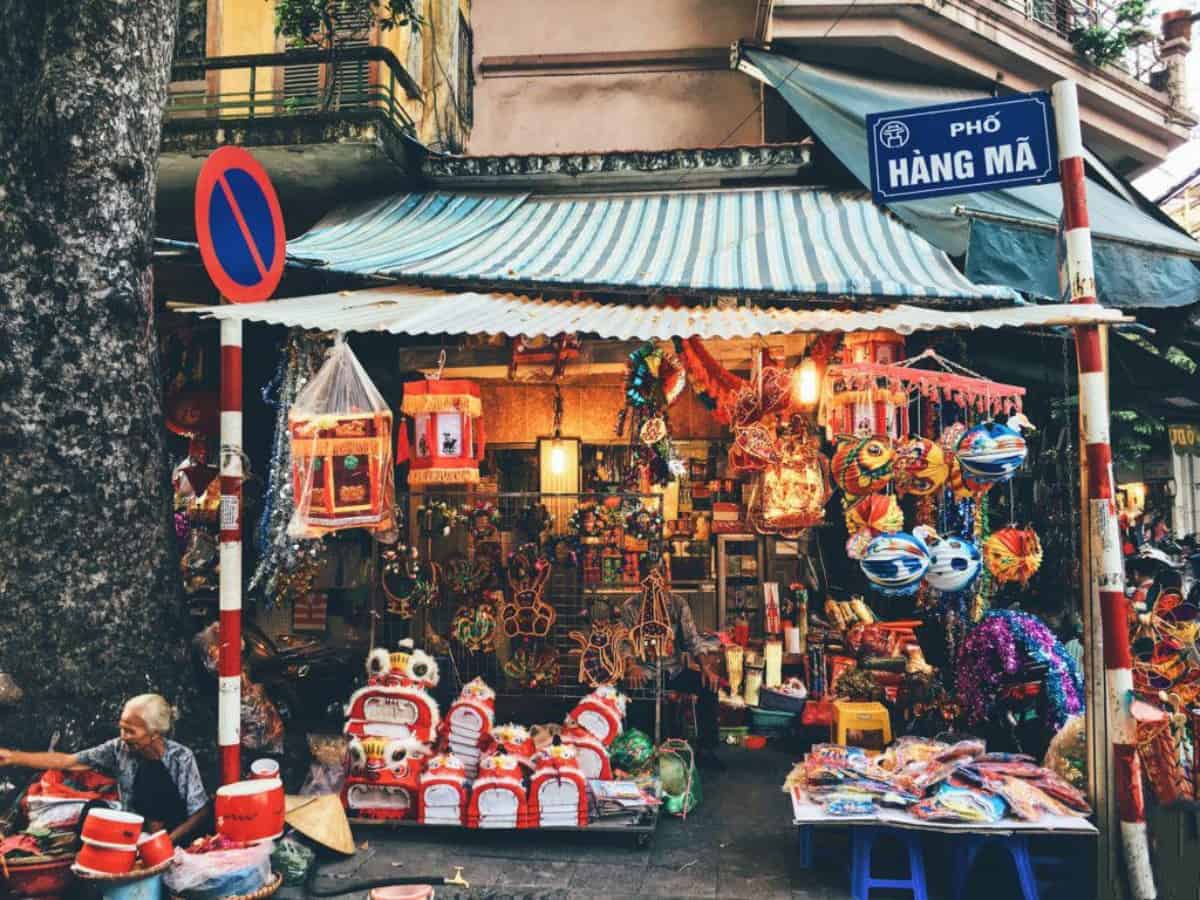
- Hang Ma Street: One of the streets that attracts young people to check-in the most is Hang Ma Street, a place very prominent by the colors of handicrafts. Not only worshiping items, Hang Ma street also has many cultural items such as lanterns, drums, unicorn heads, masks, folk toys, etc. In particular, every time there is a Tet holiday, Hang Ma neighborhood becomes even more brilliant under the lights – a too “genuine” background for you to take pictures. Once Hang Ma Street has the lights on, you have to dress up immediately.
- Quan Chuong Gate: Quan Chuong Gate is the only gate of the Imperial Citadel of Thang Long that remains almost intact. Quan Chuong Gate has bold architecture typical of the Nguyen Dynasty, with a gazebo and a three-door gate. This place was originally called Dong Ha Gate, but later it was called Quan Chuong Gate because this historical relic is associated with the sacrifice of Chuong Co and Nguyen Dynasty soldiers.
- Ma May Ancient House: A unique cultural space in the heart of Hanoi’s Old Quarter is the old house at 87 Ma May. This house is one of 14 old houses in Hanoi built around the end of the 19th century, clearly showing the living space of Hanoians at that time. Every evening, this place often organizes “ca trù” singing sessions and performs some other types of folk art. Ma May ancient house is also often chosen as the venue for major cultural events of the capital. Tickets to visit Ma May ancient house is 10,000 VND/person.
- Bach Ma Temple: Historical relic Bach Ma Temple is one of the four sacred temples of Thang Long citadel in the past, located at 76-78 Hang Buom Street. This temple was built in the 9th century, is the place to worship Long Do – the original god of ancient Hanoi, and the white horse associated with the story of King Ly Thai To’s move of the capital. The capital is a thousand-year-old place, so the surrounding scenery is mossy and nostalgic. The temple also keeps a lot of precious and valuable ancient relics for research about Thang Long – Hanoi.
- Ta Hien Street: Ta Hien Street is the famous bustling nightlife district of Hanoi capital, also the only Western neighborhood here. This neighborhood is called the “international crossroads” by tourists, and is always on the list of must-visit places when traveling to Hanoi. Just a small street, but Ta Hien street is always packed with people to play, entertain, sip beer on the sidewalk. Coming to Ta Hien Street, it is impossible not to mention the lively pubs and bars such as: Hay Bar, 1900 Le Theater Bar. Around 9am, these bars will have live bands for you to enjoy.
Old Quarter Shopping
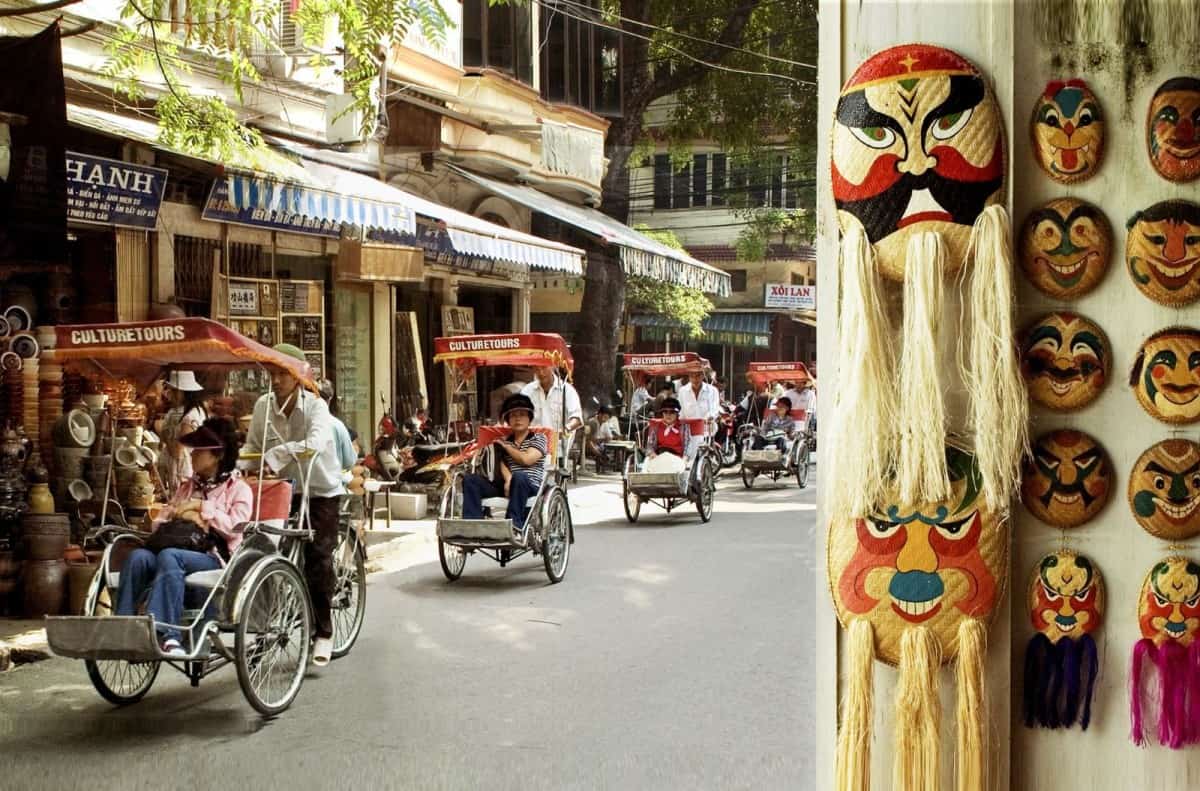
The Old Quarter is a shopper’s delight and houses artistic products from around the country, fashioned by many top artists and craftsmen. Popular items that make fine souvenirs include lacquer ware, silk products, embroidered fabrics and bags, conical hats, coffee beans and paintings. Remember to negotiate with a smile when shopping in Vietnam (though goods here are already quoted at cheap to affordable prices) as shops and salespeople expect bargaining by customers. Don’t be shy!
Old Quarter Nightlife
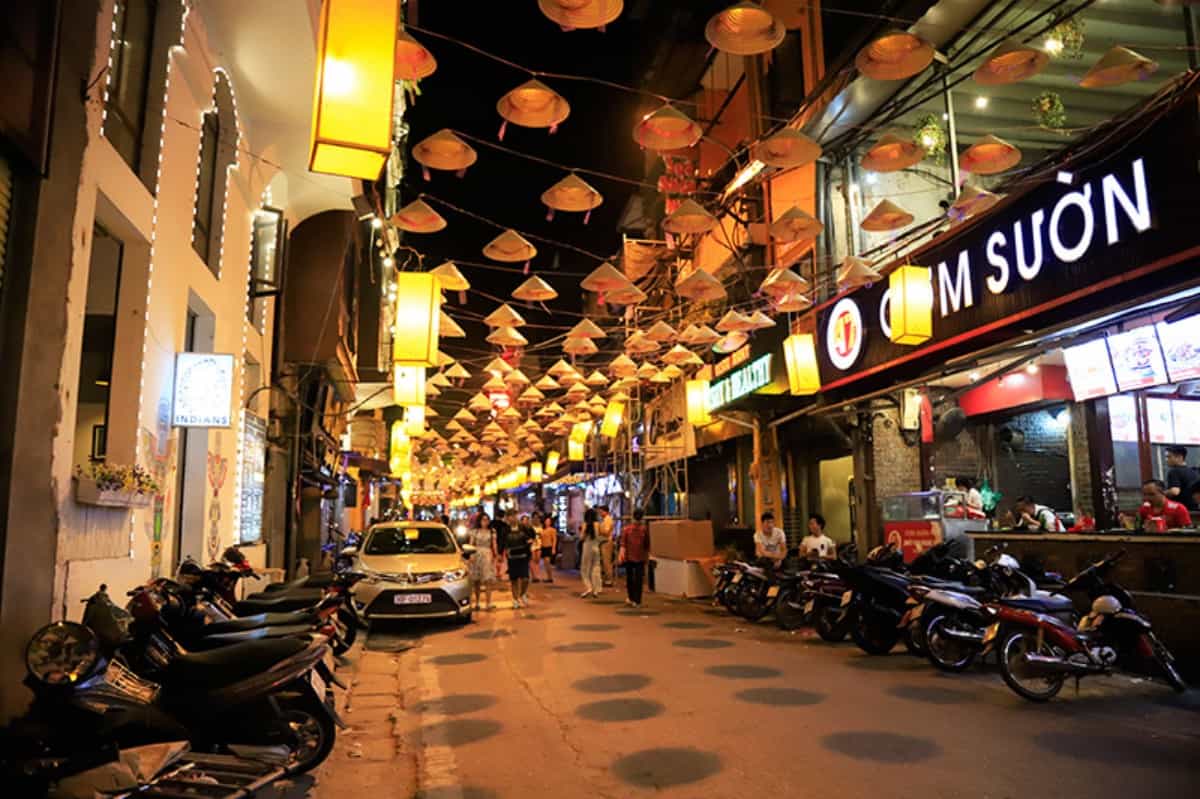
Other parts of Hanoi might quiet down at night but the Old Quarter is where night owls head to. Live music, discos, clubs and bars as well as decent karaoke joints are the norm here. Though the numbers might be limited compared to other large Asian cities, what’s on offer here is well enough to keep people from all walks of life happy and university students, office staff and expats are among the friendly crowds.
Old Quarter Activities

Must-do number one in the Old Quarter is to have a look around this, the oldest neighborhood in the city. With a history dating back to about the 13th century, the vibe and energy here is definitely unique. Must-do number two is to stop by at any local tea and coffee café that provides chairs to sit outdoors (many times ‘outdoors’ here means sitting right on the sidewalk.) This is considered the best place to observe the world go by in the Old Quarter. For those who love cooking and Vietnamese food, combine them together and learn from the professionals at one of the many culinary classes around.
